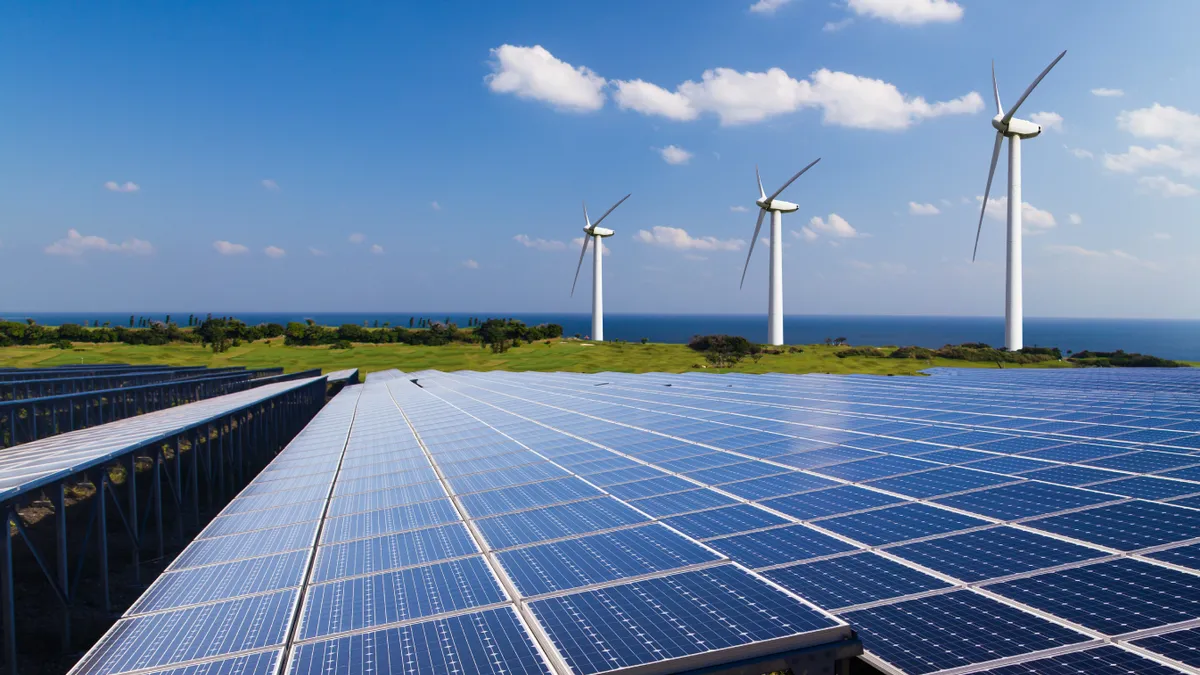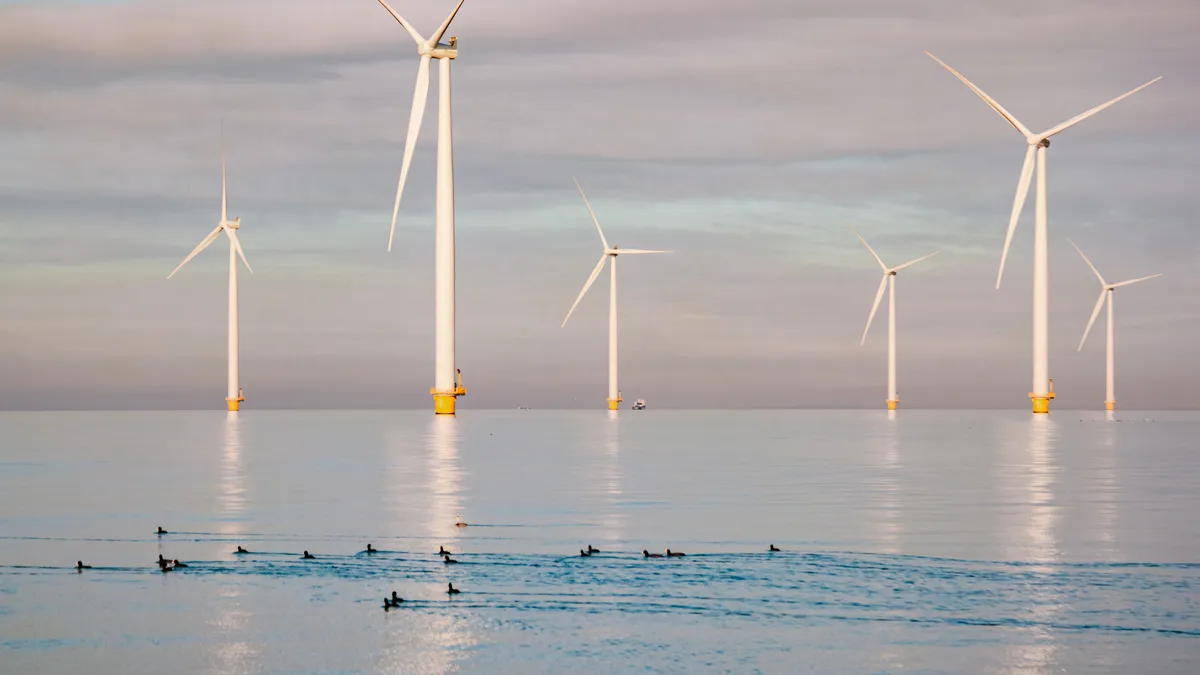Anne Clawson is principal and founder at Cascade Strategies.
Emissions from the electricity sector could drop 49% to 83% below 2005 levels by 2030. This is according to a report released last week by the Environmental Protection Agency, its first estimate of the Inflation Reduction Act’s impact on the electric power sector. The IRA is part of the nearly $500 billion the government is investing in clean energy and infrastructure projects via the CHIPS Act, Inflation Reduction Act, and Bipartisan Infrastructure Law. The catch: most of this funding expires in five to ten years. Is American business ready for this infusion?
With so much money sloshing around, Americans could soon see a massive positive transformation in our communities. The Biden administration hopes the funds spur the clean economy, onshore important parts of the supply chain, and create jobs. Yet the rush to secure this funding has the potential to be disastrous if it goes wrong.
We saw this type of failure recently in Wisconsin, though before this specific administration’s funding was announced. In 2017, iPhone assembler FoxConn promised to invest $10 billion and create 13,000 jobs in Wisconsin. Five years and $500 million in taxpayer money later, fewer than 1,500 jobs have materialized. Why? At its core, company and political leaders rushed an announcement for an investment that didn't make sense.
Even when an investment does make sense, mistakes are possible. These mishaps can lead to consequences that hurt communities instead of helping them.
Panasonic recently announced a $4 billion investment in an electric vehicle battery plant in Kansas. Unfortunately, the location they chose lacks enough electricity. Panasonic and the local government apparently missed this detail in the rush to secure the investment. The local utility, Evergy, must now extend the life of some coal-fired plants, an irony for a clean energy project. The utility is also seeking to raise electricity rates by up to 10% for residential customers to help power the Panasonic plant. This cost is on top of the extra roads and wastewater treatment capacity the town already committed to build.
A sense of urgency
The sheer amount of funding available, combined with limited timelines, has created a sense of urgency. Companies and states may think nabbing any federal money is better than missing out. Utilities, system operators, and regulators are struggling to meet the sheer demand. As we’ve seen in the cases of FoxConn and Panasonic, this attitude risks hurting everyone involved.
But all hope is not lost. There are steps each stakeholder can take to ensure money is well spent.
First, companies need to do what they do best: build the business case. Projects should be part of a company's core strategy. They should have a path to profitability even if some government incentives fail to materialize. Successful companies will have a good product offering, a full order book, and competitive cost structures. Of course this federal funding is designed to help fund new technologies that are expensive to deploy. Of course the government should take calculated risks on new technology and startups; that’s literally what this funding is for. But for the businesses themselves to succeed long-term, they need to be smart.
Companies also need to focus on picking the right location. They need to choose a site guaranteed to have enough electricity, water and other requirements, not just wishful promises from states eager for investment. And finding the electricity won’t be easy, especially for all the companies looking for 100% clean power.
State and local governments need to be realistic about what they offer companies. Economic incentives have a mixed track record, though state and local leaders often believe the benefits of new investment outweigh the costs. But to the struggling family, is the promise of a strong regional economy later worth an electricity rake hike today? Does the community have contingencies in place if the economic investment doesn't play out as intended? Investment is good, but only if done the right way.
Meanwhile, the federal government needs to smooth the path. The Department of Energy's Loan Program Office recognizes this. It is co-hosting an initiative called Deploy23 to ensure its loans create real investments. Yet, the government must also make sure infrastructure and permitting keep pace with the five- to ten-year funding deadline. Permitting for important needs like new transmission lines can take a decade or more. This is not a chicken and egg situation. If critical infrastructure isn't there, the manufacturers won’t come, full stop.
None of the solutions I’m proposing are complicated or, frankly, innovative. And yet these basics are being overlooked.
The U.S. has a once-in-a-generation chance to transform itself into an economy that is cleaner, more dynamic, and more just than ever in its history. The federal government’s focus on good paying jobs and historically disadvantaged communities means this investment could truly reach all corners of society.
But it has to happen the right way, and it has to happen as if our communities depend on it – because they do.






















